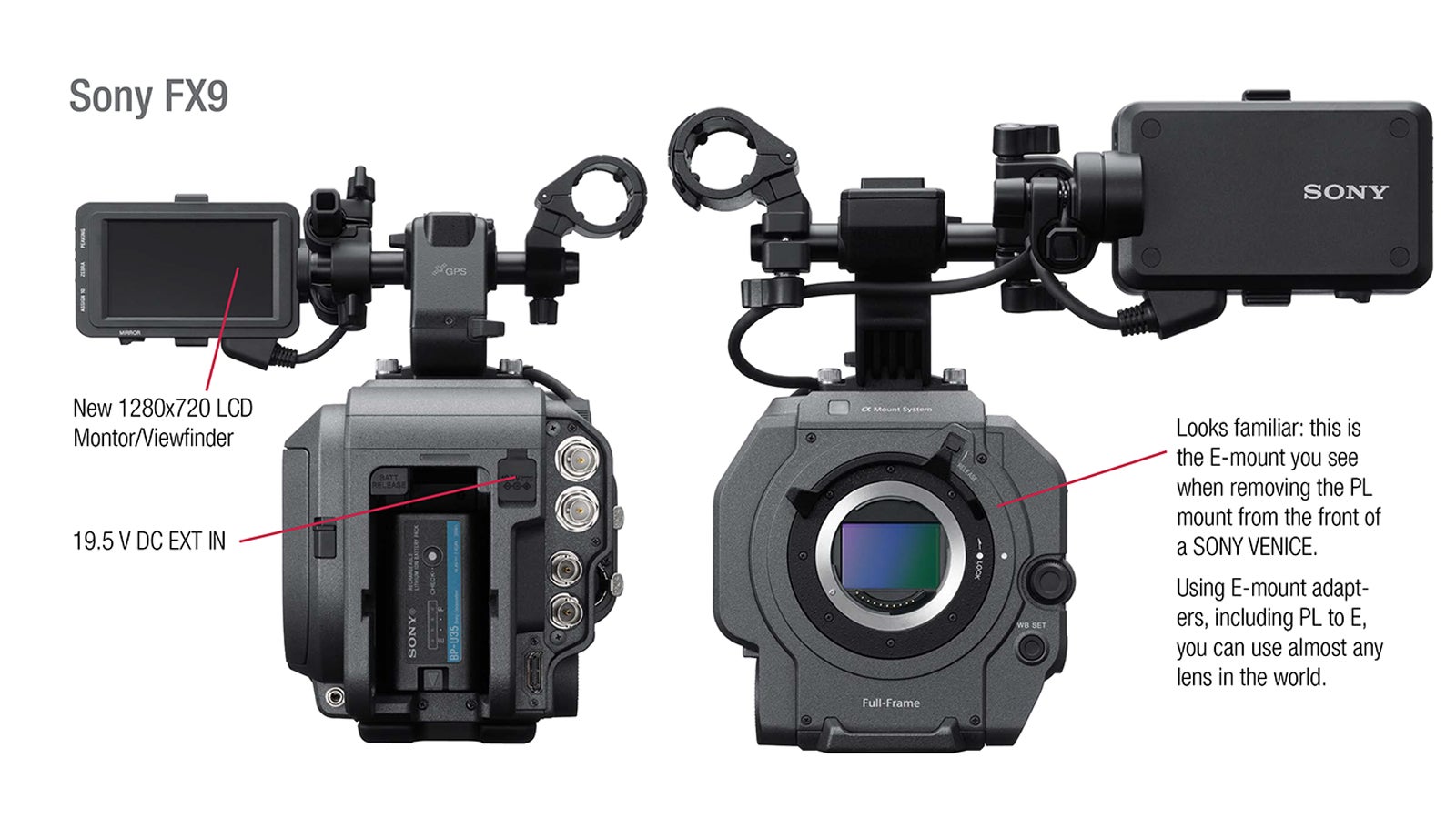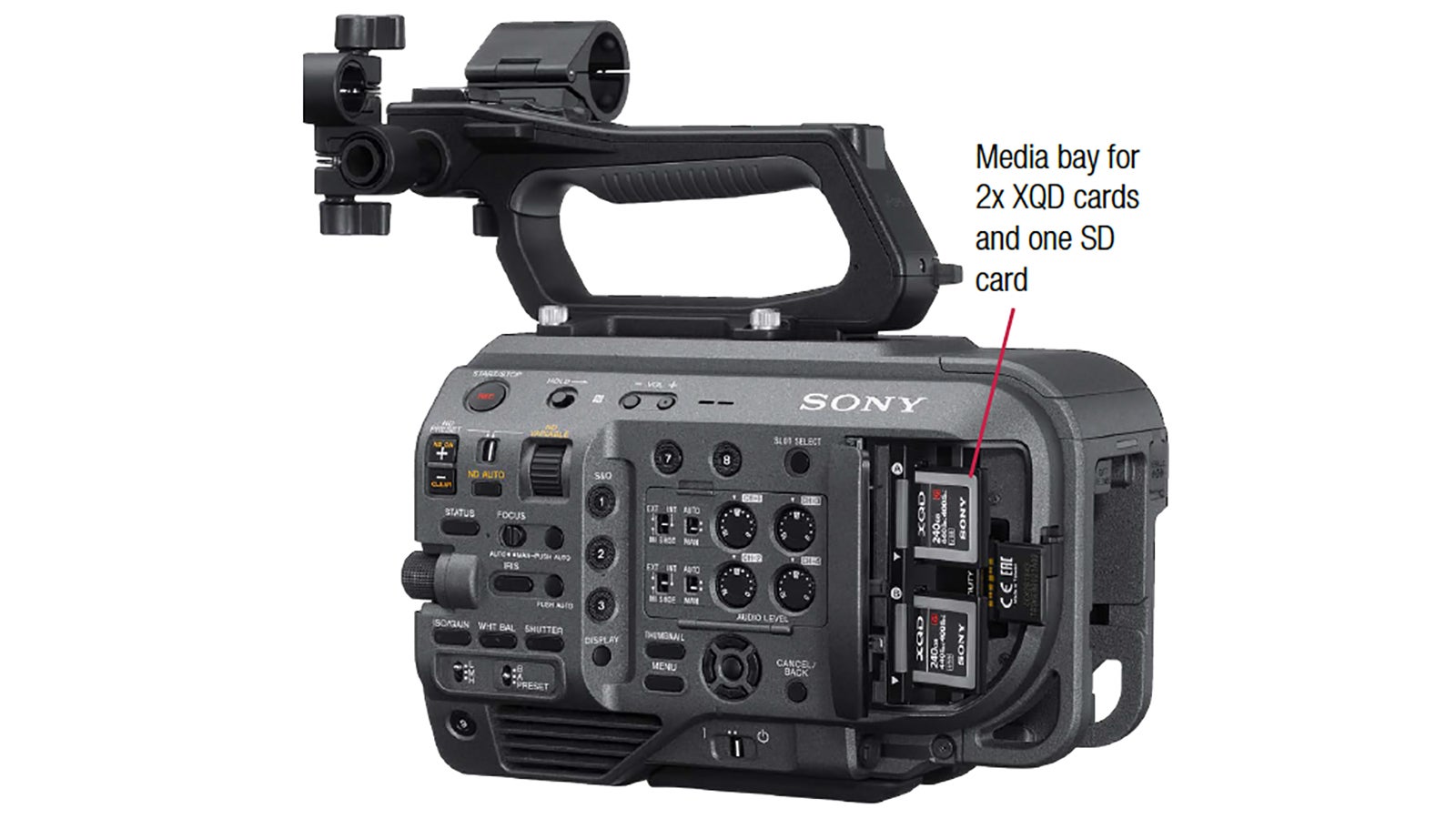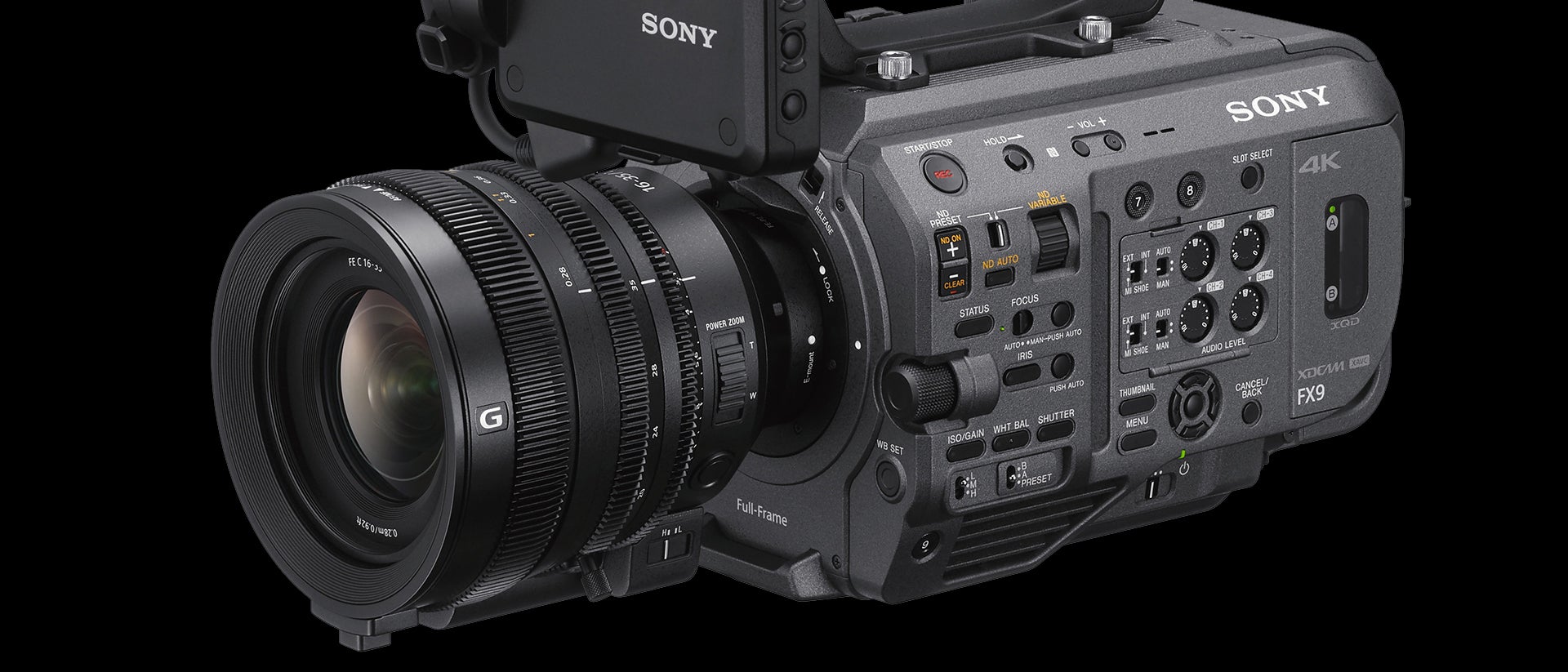
10-12-2019 - Gear, Technology
Jon Fauer, ASC weighs in on the new Sony FX9
By: Jon Fauer
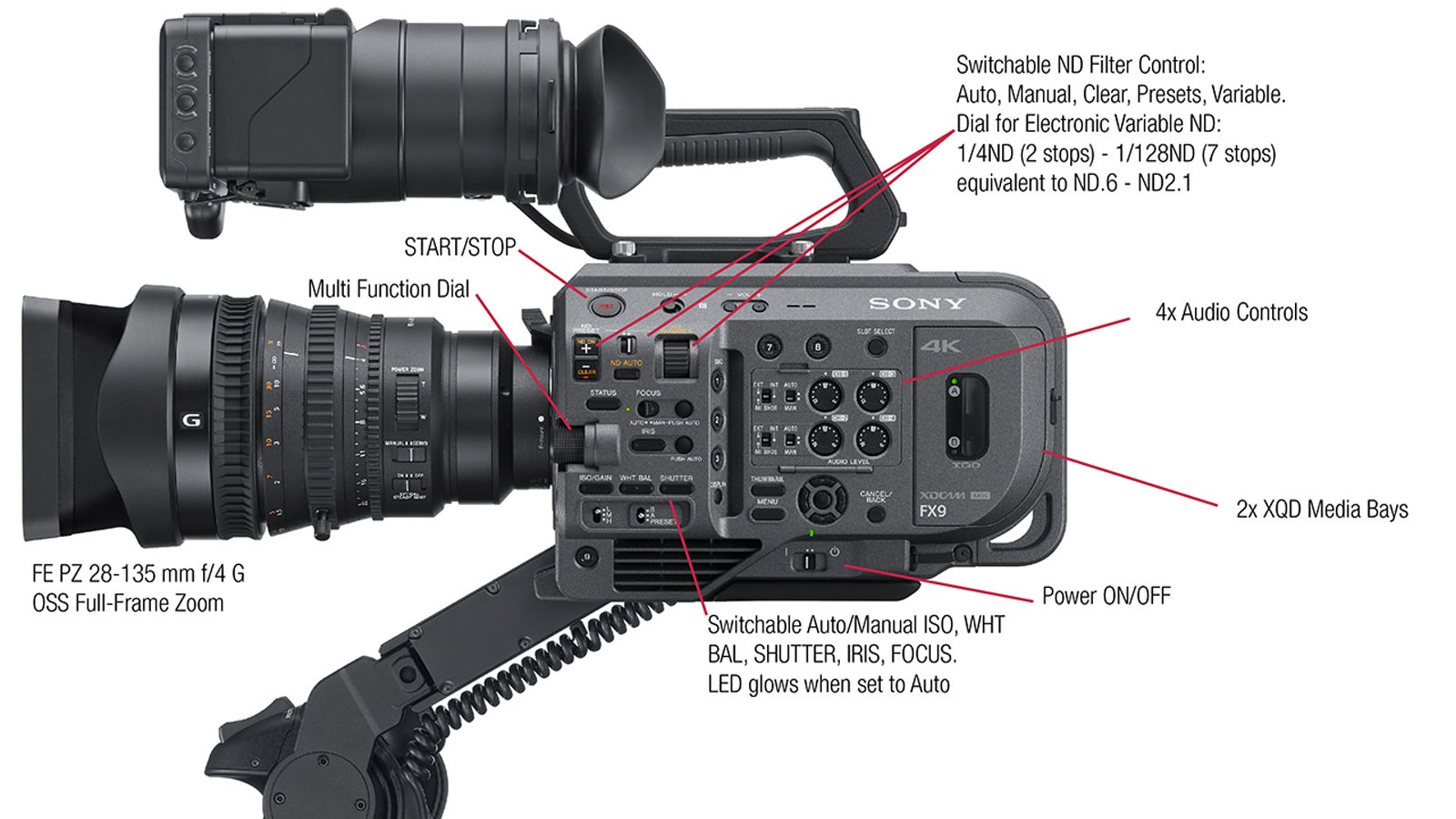
Reprinted courtesy Jon Fauer, ASC, as seen in Film and Digital Times Magazine.
The Sony FX9 is an affordable, compact, lightweight cine camera designed to democratize Full-Frame. With a new companion Full-Frame zoom lens, this system is about the same size and weight as its Super35 predecessors and still shoots both formats. Full-Frame cine becomes mainstream. And, history repeats itself.
Within days of our FDT IBC deadline, Sony once again had a new camera to roll out. Do the product planners in Atsugi take great pleasure in hearing me plead with the printer in Amsterdam, “Stop the presses?” And, on September 13, 2019, Sony launched the PXW-FX9 Full-Frame 6K affordable, shoulder-resting documentary style cine camera.
I’d like to think it is just an inexorable advance of predictable product cycles and converging technological innovation. The FX9 is the culmination of combined E-mount camera technologies, comprising Sony VENICE, Sony Alpha series cameras and the FS7 series.
But let’s take a quick trip back in time to see why this camera, the FX9, was inevitable.
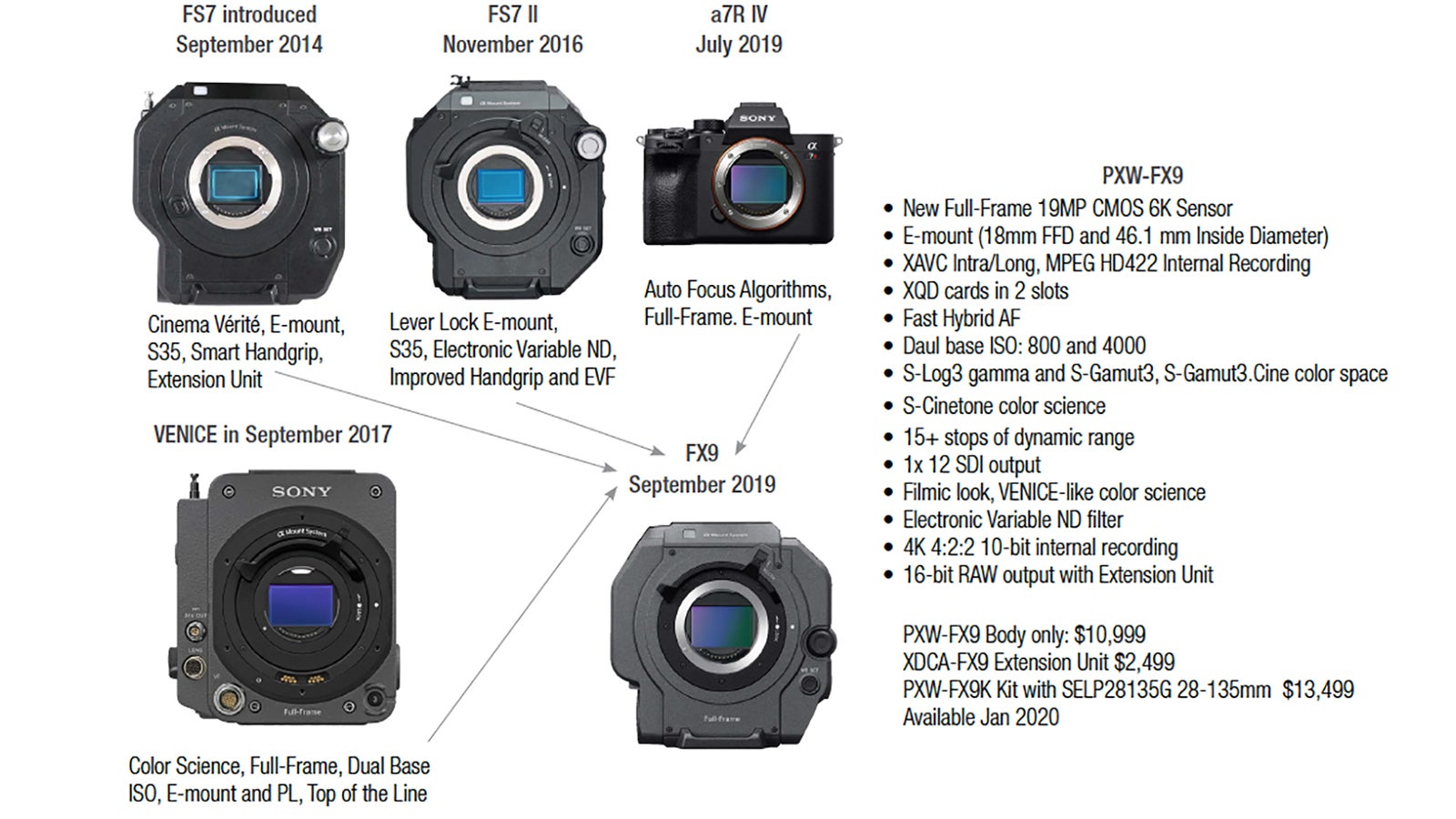
Sony launched the F5 and F55 Super35 4K cameras at Sony Pictures in Hollywood on November 28, 2012.
In September 2013, Sony’s NEX-VG900 Full-Frame prosumer E-mount HD camcorder came to Photokina. A few weeks later, October 2013, Sony introduced the α7, their first Full-Frame Interchangeable Lens Camera with E-mount (ILCE). That was the seminal moment for what would follow with VENICE and FX9 Full-Frame cine cameras. But we’re getting ahead of the story.
Five years ago almost to the day, September 12, 2014, Sony announce the FS7 Super35 4K digital cine camera. It was a breakthrough cinema vérité documentary style, shoulder-resting camera about the size of a 16mm format Aaton A-minima, but a lot lighter. Some of us called it the Sony Minima or Sony Vérité.
And then, another two years later, Sony introduced the FS7 II in November, 2016. The FS7 II had a new Lever Lock E-mount, In-Camera Electronic Variable ND, versatile viewfinder, smarter SmartGrip, and improved interface.
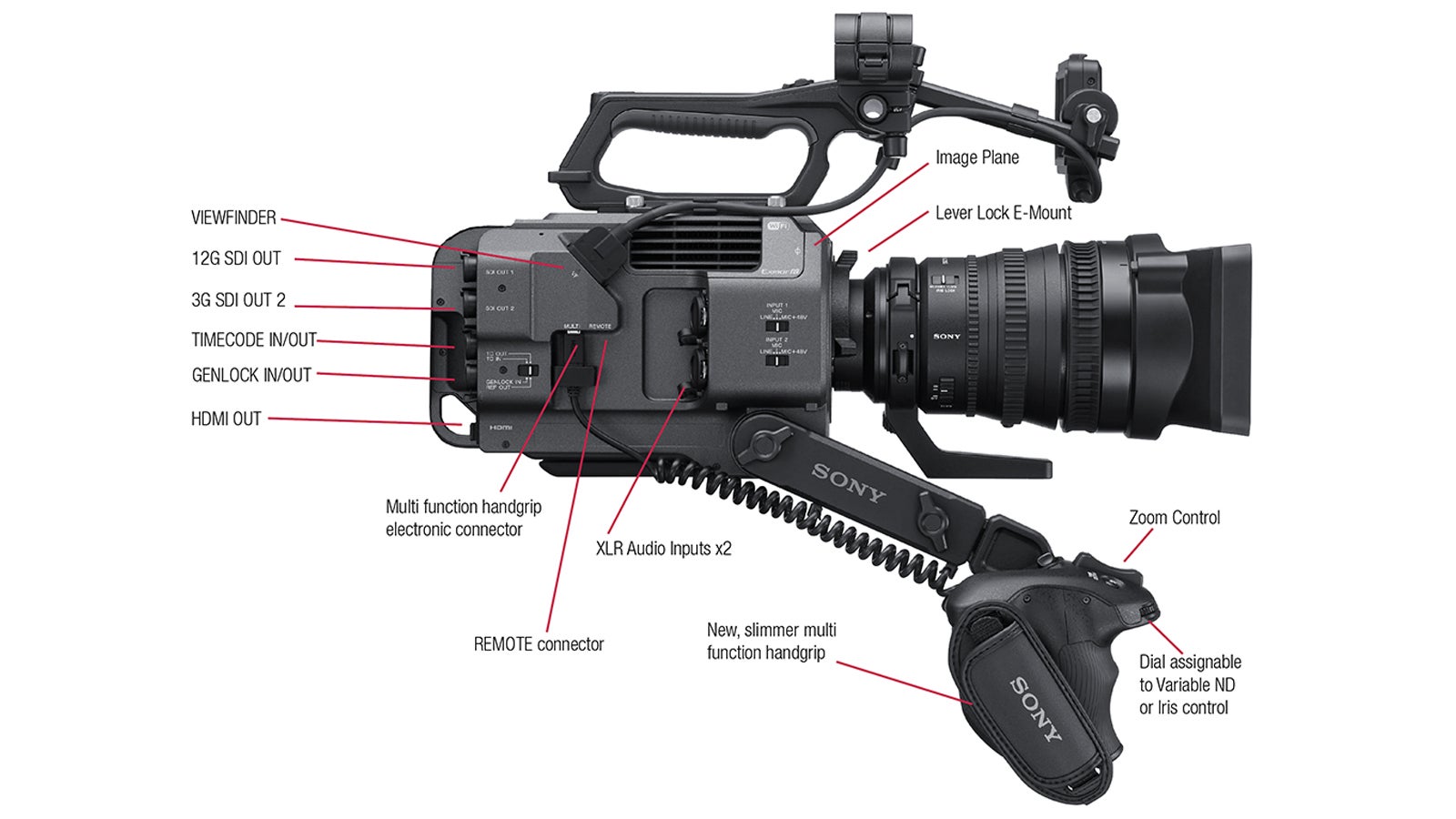
Sony VENICE arrived on September 6, 2017: Full-Frame, 6K.
And almost two years later to the day, Sony launched the new Full-Frame FX9 at IBC in Amsterdam.
A pattern emerges: a Sony high-end camera is launched—and an affordable version follows two years later. And let’s not forget the progression of Sony’s alpha series of Full-Frame ILCE cameras, from the a7 to the most recent a7R IV.
Sony’s formidable design, engineering and manufacturing prowess makes possible the production of cameras, sensors, processors and lenses at these regular intervals. Here then, is the latest in the Sony line of cine systems, the PXW-FX9.
Body only: approx $10,998 expected January 2020.
Extension Unit XDCA-FX9: approx $2,498 also expected January 2020
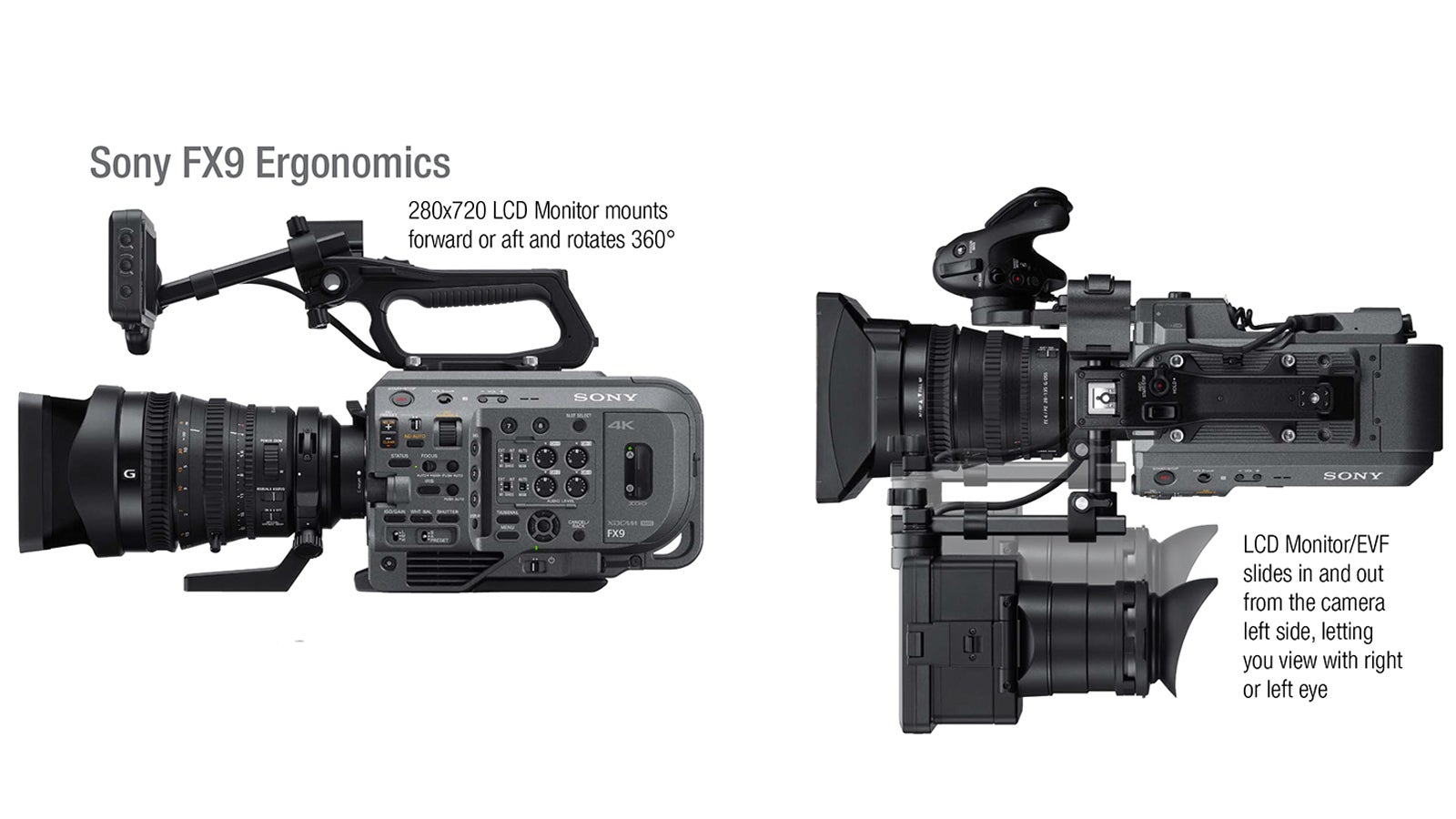
The Sony FX9 excels at ergonomics and economics. It is comfortable and affordable.
Here’s one camera body that shoots both Full-Frame and Super35 in a package roughly the size and weight and shape of its Super35 predecessor FS7 II. This defies the myth that Full-Frame cameras have to be 1.5 to 2 times larger and heavier than Super35.
The 19 Megapixel sensor is an all-new design. In Full-Frame, note that the “aperture” is 35.7mm wide x 18.8mm high. (Sony VENICE is 36.2 x 24.1mm). This is a 1.89:1 aspect ratio, compared to the VENICE’s 1.5:1 aspect ratio.
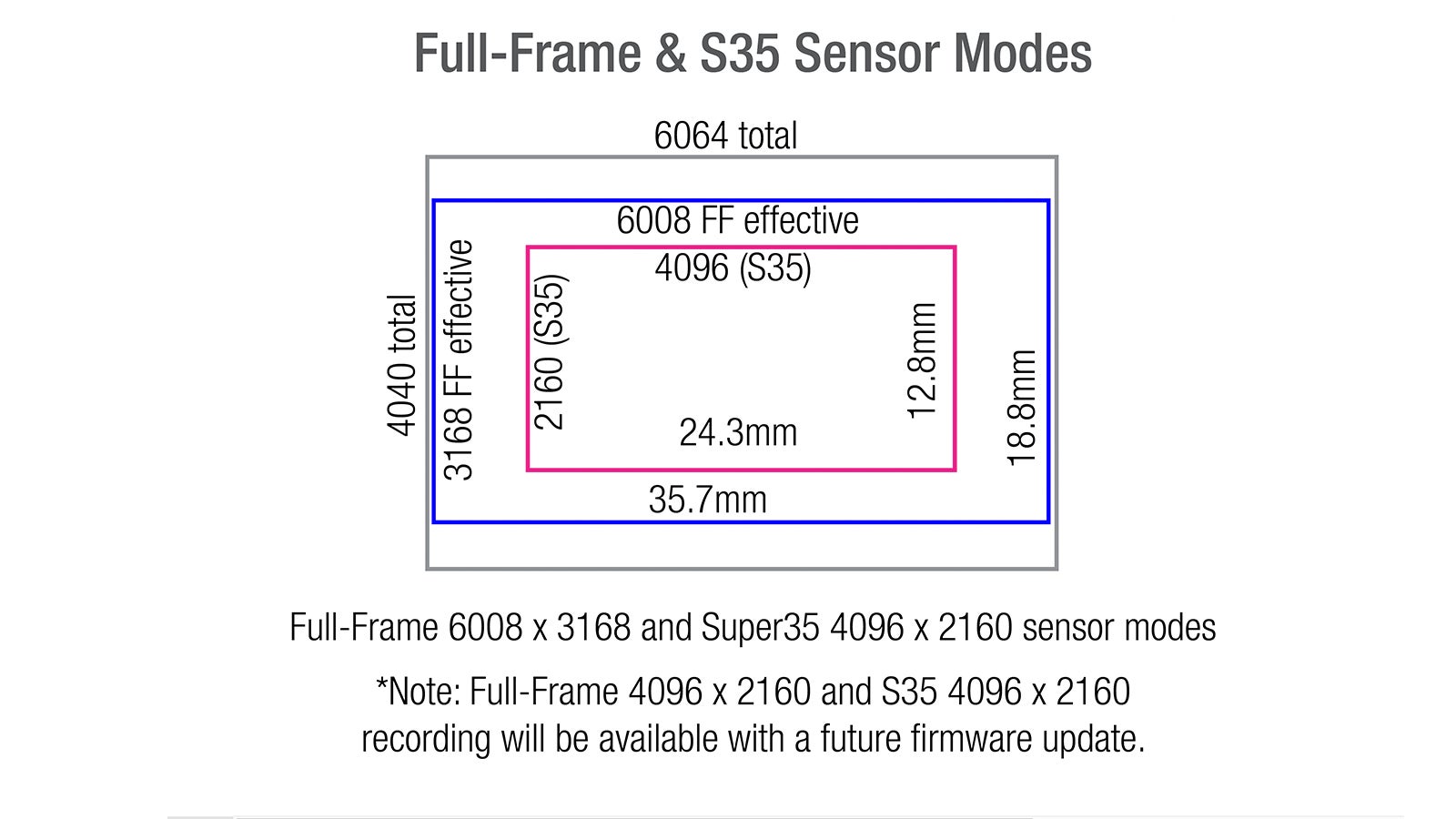
I guess the reason the FX9 does not use the full 24mm height is processing power. The greater the picture height, the more work a sensor and processor have to perform. Perhaps full height Full-Frame will be achieved with future hardware or firmware updates.
FX9 inherits very fast hybrid phase-dection and contrast Auto Focus from the latest a7 and a9 camera series. Artificial intelligence keeps focus sharp in Face Priority AF, Face Only AF and Face Registration (multiple faces).
Takuro Ema, Sony Product Planner had a vivid expression to describe the FX9’s Autofocus. He called it, rightly: “tenacious persistent focus tracking.”
